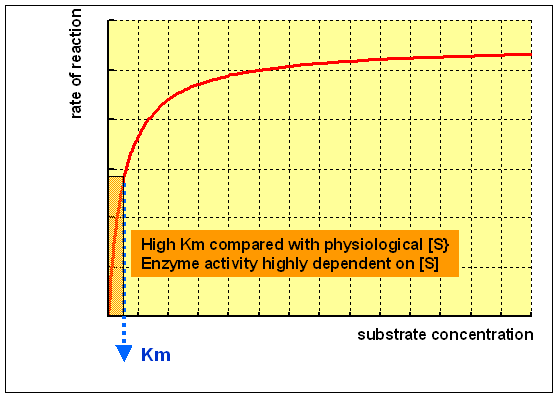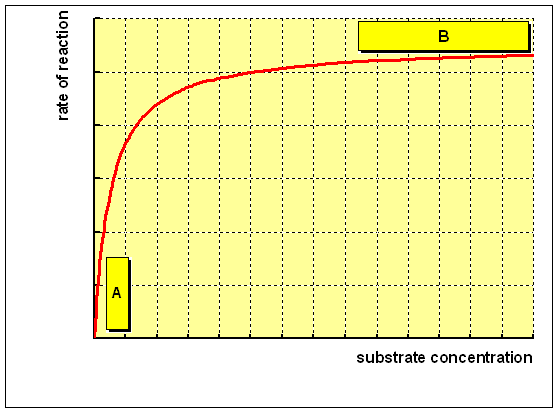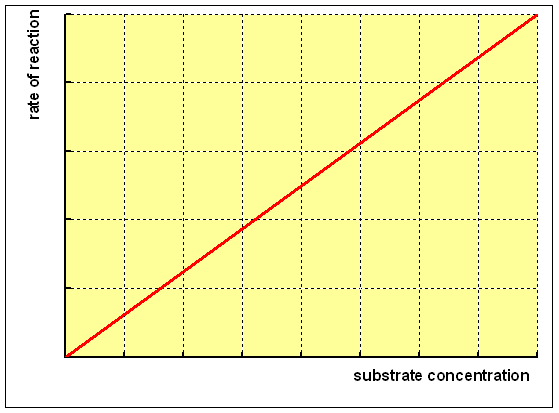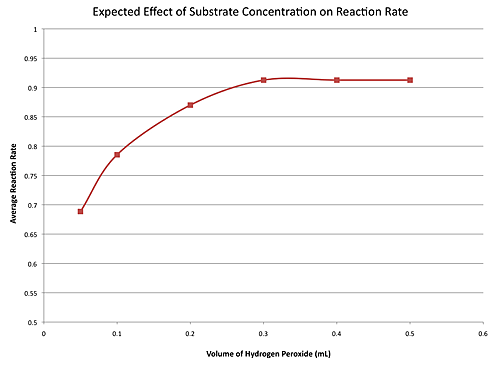PMC free article Google Scholar Mann PJ Woolf B. As the enzyme molecules become saturated with substrate this increase in reaction rate levels off.

18 7 Enzyme Activity Chemistry Libretexts
Often a small amount of enzyme can consume a large amount of substrate.
. In the equation v indicates the reaction rate and the activity of the enzyme. N Alkaline Phosphatase optimum p. The substrate in the reaction bind to active sites on the surface of the enzyme.
Enzymes are proteins that speed up the rate of a chemical reaction without being used up fullyEnzymes are usually specific to substrates. As soon as the catalytic site is empty more substrate is available to bind and undergo reaction. The rate of reaction increases linearly with enzyme concentration.
There are not enough substrate molecules to occupy all of the active sites on the enzymes. This experiment looked at how substrate concentration can affect enzyme activity. All of the enzymes active sites are now.
What is the consequence of increasing the substrate concentration as measured by thining the concentration of 3 H peroxide in an aqueous solution 06 12 18 24 and 30 on the rate of enzyme activity of the enzyme catalase obtained fromBos primigenius 1 bovine. According to Seager and Slabaugh 2014 issues that affect the rate of enzyme activity are enzyme concentration substrate concentration heat and pH level. The concentration of the enzyme is important in chemical reaction as it is needed to react with the substrate.
Phosphatases are enzymes which catalyze the splitting off phosphoric acid from nonphosphoric esters. Purification and nature of the enzyme. Enzymes can greatly speed up the rate of a reaction.
The Effect Of Substrate Concentration On The Activity Of The Enzyme Catalase A Level Biology Project Aims This is an experiment to examine how the concentration of the substrate hydrogen peroxide affects the rate of reaction of the enzyme catalase. Effect of Enzyme Concentration. Temperature is a major factor which affects the rate of reaction.
Rate of enzyme activity Distance depth of hydrogen peroxide in mmTime in secs Factors that affect the rate of enzyme activity has been studied. This results in a bigger proportion of molecules having a kinetic energy greater than that of the activation energy. Effect of substrate concentration and enzyme inhibitor on enzyme activity Determination of Alkaline Phosphatase activity.
This is because at higher temperatures molecules of both enzyme and substrate have more kinetic energy and collide more often. The rate of an enzyme-catalysed reaction is calculated by measuring the rate. As the enzyme molecules become saturated with substrate this increase in reaction rate levels off.
B As the concentration of substrate increases the enzyme becomes saturated with substrate. The enzyme was stable in the pH range of 7 to 10. As the substrate concentration increases the rate increases because there are more enzyme substrate complexes formed.
The effect of substrate concentration pH and other factors upon the activity of carbonic anhydrase. Initially an increase in substrate concentration leads to an increase in the rate of an enzyme-catalyzed reaction. Initially an increase in substrate concentration leads to an increase in the rate of an enzyme-catalyzed reaction.
ν d Pdt V max S Km S It is an equation to study the basic kinetics of various factors affecting the rate of enzymatic reaction. When the substrate reaches a stable point there will be no effect on the rate of reaction. However with the increase of enzyme concentration the effectiveness of the active sites also increases so these active sites.
EFFECT OF ENZYME CONCENTRATION ON ENZYME ACTIVITY Background information. Effect of temperature substrate concentration and pH on reaction rate. N Two common types are estimated in serum.
The Effect of Substrate Concentration on Enzyme Activity. How does substrate concentration affect enzyme activity. Background Information Enzymes such as Catalase are protein molecules which are found in living cells.
This is a demonstration of how to determine the effect substrate concentration on enzyme activity while keeping time and enzyme concentration and using a col. The rate of an enzyme-catalyzed reaction increases with an increase in the concentration of an enzyme. The action of salts on fumarase.
S represents substrate concentration V max indicates maximum reaction rate and Km is Michaelis constant Km k -1 k 2. The rate of an enzyme-catalysed reaction is calculated by measuring the rate at which a substrate. It retained 75 86 and 72 activity after one hr pre-incubation at 50C in 15 H2O2 and 03 commercial detergent respectively.
The rate of an enzyme-catalyzed reaction increases with an increase in the concentration of an enzyme. The rate of reaction when the enzyme is saturated with substrate is the maximum rate of reaction.
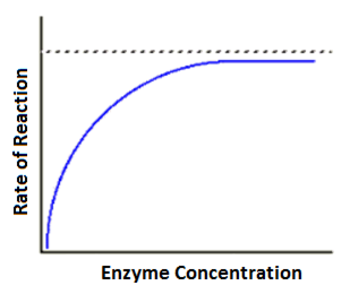
Biochemistry Enzymes Substrate Concentration Pathwayz
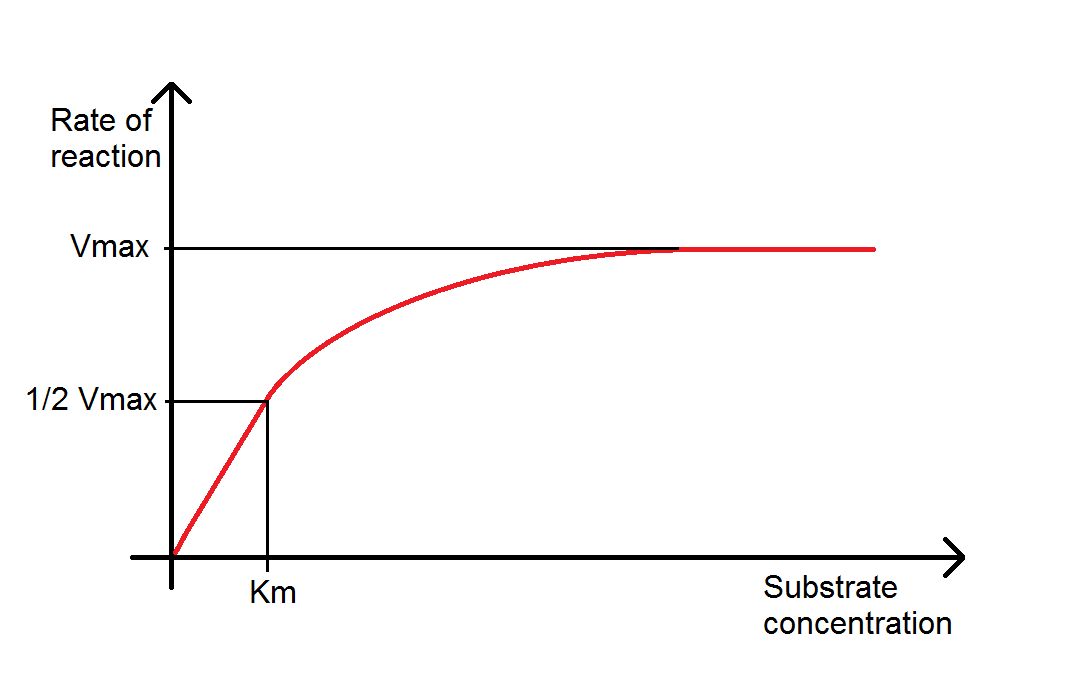
Biology Enzyme Reaction Rates University Of Birmingham

Biochemistry Enzymes Substrate Concentration Pathwayz

Enzymes Effect Of Substrate Concentration Youtube
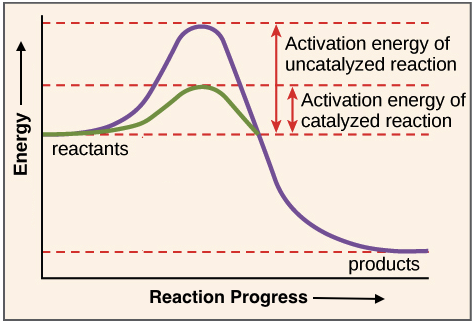
Enzymes Review Article Khan Academy
What Affects Enzyme Activity Biochemistry Psiberg
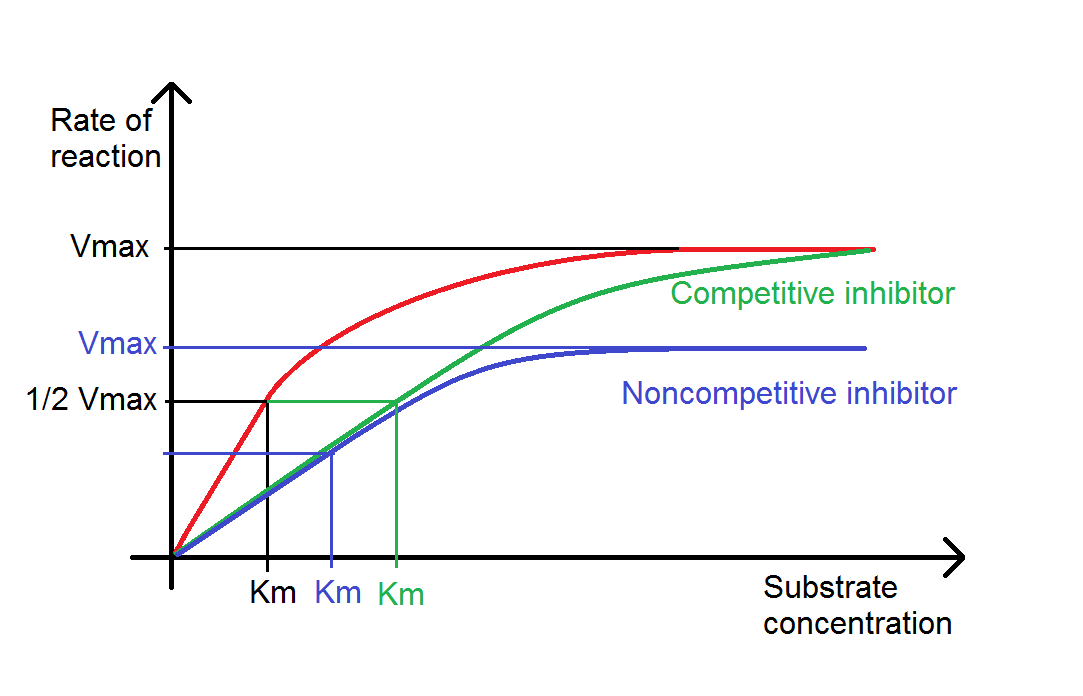
Biology Enzyme Reaction Rates University Of Birmingham

B 2 Enzyme Activity And Substrate Concentration Sl Youtube

Biochemistry Enzymes Substrate Concentration Pathwayz
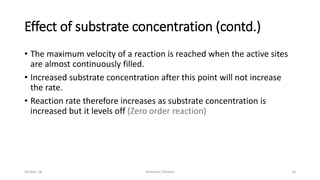
Factors Affecting Enzyme Activity
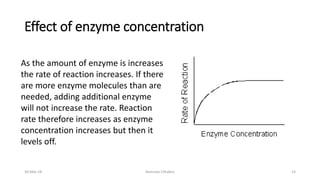
Factors Affecting Enzyme Activity

Substrate Concentration An Overview Sciencedirect Topics

Biochemistry Enzymes Substrate Concentration Pathwayz



